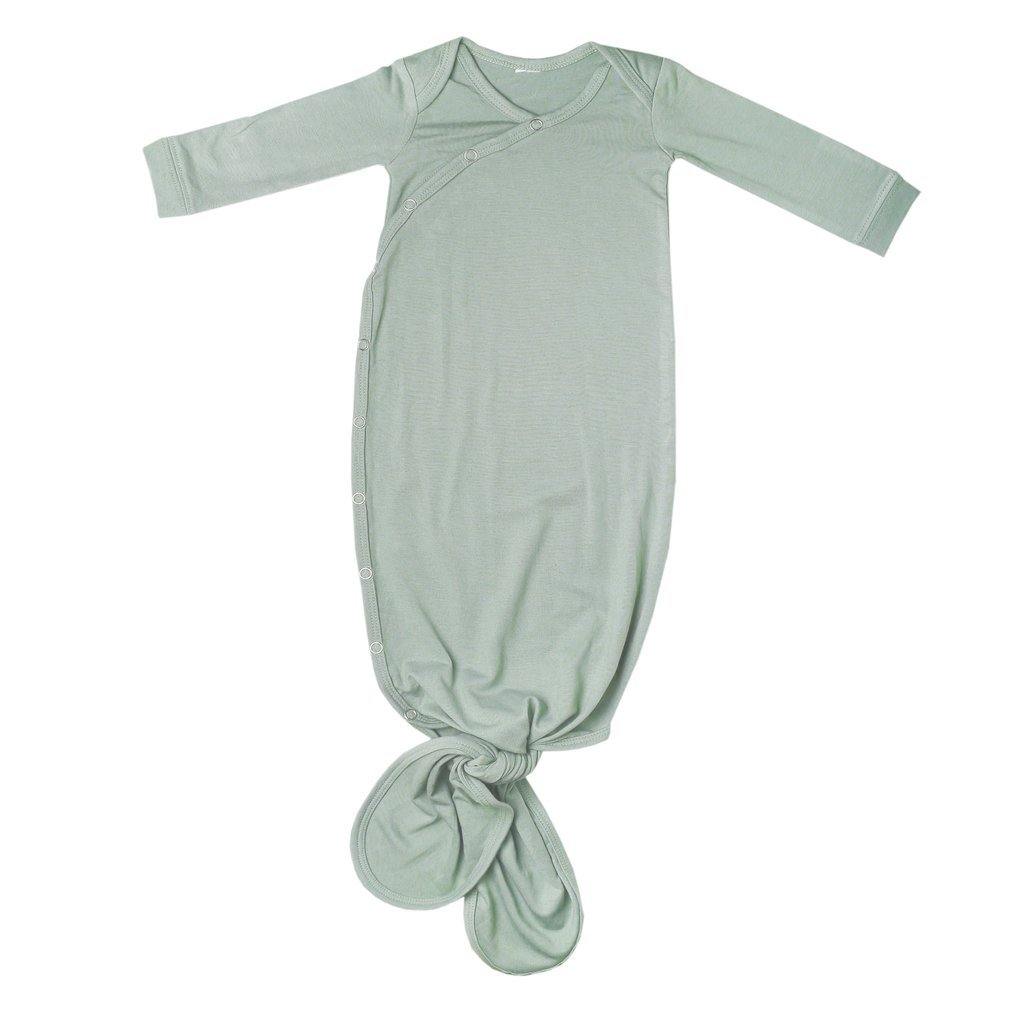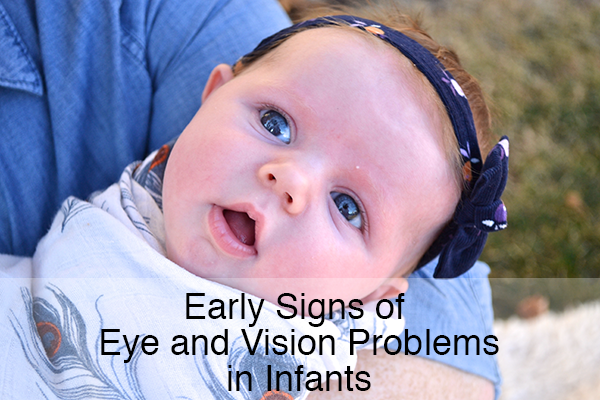As we start Children's Vision Health Month, we are going to talk about various aspects of your child's vision and how to recognize early signs of vision problems and also how to keep your child's eyes healthy!
When babies are born, there is a lot of question about what a baby sees and when. Let's take you through the timeline of an infant's typical sight development.
0 months/newborn
Vision is limited to peripheral (seeing to the sides), pupils remain constricted to limit light that enters into the eye. By two weeks, the pupils open more and the infant will begin to focus more and take in more light.
1 month
Can focus briefly on objects 3 feet away, high contrast images that contain black and white may be intriguing to the infant as they begin to be able to focus and recognize shades of light and dark. Babies will gradually be able to focus on the human face and respond to facial expressions.
2 months
Visual coordination (both eyes working together) and depth perception improves, is able to briefly track (follow) moving objects
3 months
MILESTONE, an infant can use both eyes to focus and track objects. He or she is also able to use hand-eye coordination to bat at close objects.
4 months
An infant may smile when they see a parent enter the room and be able to look at things outside a window. Babies can differentiate between a range of colors and shades.
Some things to watch for:
- If your child is not reaching the milestones by 3 months of age, meaning your child is not able to use both eyes to focus on an object and track it (move eyes as object moves), you will need to contact your pediatrician and consult with them on further action needed.
- A lazy eye, or an eye that does not move in sync with the other eye. Sidenote: Most newborns will go crosseyed from time to time. This is normal as the baby's eyes and surrounding muscles are learning how to work together to see. By 3 months of age, if you notice one of your child's eyes goes crosseyed, or does not move in sync with the other eye, that is a red flag that you will want to have checked out.
- A cloudy appearance to the eyes. This may be a sign of a cataract or another abnormality that should be examined.
- A droopy eyelid over one or both eyes that may obstruct vision.
- A weepy eye, either with mucus or excessive tears. A gunky eye (mucus) is a sign of pink eye (conjunctivitis) and it is usually extremely contagious and is probably uncomfortable, either itchy or irritating. Excessive tearing in one eye can be a sign of a clogged tear duct. Sometimes children outgrow this by 1 year, but other times further action is needed.
The good thing is that in a lot of cases, early detection of complications can greatly improve your child's condition and prognosis. Check out this website for more helpful information on eyesight development and things to watch for.
Have you had experience with any of these or other conditions? What is your story? We would love to hear and learn from you!








4 comments
Hi Jane — we recommend talking to your pediatrician. They can check your baby’s eyes and let you know if you should be concerned.
Does my baby has an eye problem? She’s 3 months now but doesn’t recognize my face even I called her name or talking to her she has no reaction yet…thank u
Even if no eye or vision problems are apparent, at about age 6 months, you should take your baby to a doctor of optometry for his or her first thorough eye examination. Your doctor of optometry will test for many things, including nearsightedness, farsightedness, or astigmatism as well as eye movement ability and eye alignment. Your doctor will also check the overall health of the eyes. Eye health problems are not common, but if present early detection and treatment offer the best option.
Even if no eye or vision problems are apparent, at about age 6 months, you should take your baby to a doctor of optometry for his or her first thorough eye examination. Your doctor of optometry will test for many things, including nearsightedness, farsightedness, or astigmatism as well as eye movement ability and eye alignment. Your doctor will also check the overall health of the eyes. Eye health problems are not common, but if present early detection and treatment offer the best option.